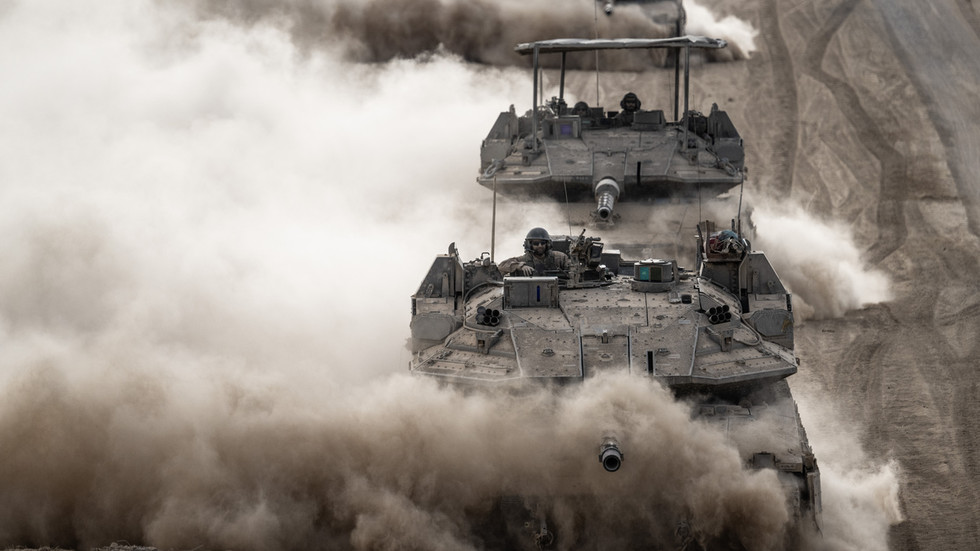As the Middle East conflict deepens, the prospect of reverting to a pre-war status quo following the recent Gaza conflict appears increasingly unattainable. The Israeli military operations in Lebanon, which have been characterized as acts of “terrorism” by notable figures, including former CIA director Leon Panetta, have initiated a chain of events leading to significant losses for Hezbollah but also a potent resurgence of resistance. On September 17 and 18, Israel executed a ruthless attack involving the detonation of communication devices linked to Hezbollah, resulting in hundreds of casualties, comprising both fatalities and injuries among the civilian population. This indiscriminate act not only caused physical devastation but significantly affected the morale and organizational structure of Hezbollah, causing ripples throughout Lebanon. The following weeks saw a series of targeted assassinations of key Hezbollah leaders, culminating in the large-scale bombing that killed Secretary General Seyyed Hassan Nasrallah on September 27, which further fueled international condemnation and led to heavy civilian casualties.
The contrasting responses from US administrations regarding the assassination of leaders from opposing factions underscore the complexity of geopolitical narratives in the region. In 2004, U.S. President George W. Bush denounced the assassination of Hamas leader Sheikh Ahmed Yassin, criticizing its indiscriminate nature, which resulted in civilian deaths. Conversely, recent U.S. endorsements of Israeli operations, even amidst significant civilian casualties estimated at around 300 from the attack on Nasrallah, highlight a chilling inconsistency in U.S. foreign policy that signals an unsettling support for aggressive military tactics, even at the expense of civilian lives. Israeli media appeared to rejoice in the supposed humiliation of Hezbollah; however, analysts have since noted that despite initial Israeli successes, Hezbollah is beginning to regain its momentum and even dictate the battle’s pace. Israeli ground incursions into southern Lebanon have been largely ineffective, indicating a potential overreach by the IDF, which may have exhausted its early tactical advantages.
Amid this volatile backdrop, significant developments were observed as Iran executed retaliatory strikes against Israeli military positions on October 1. These attacks, employing over 180 ballistic missiles, have shifted the strategic calculus in the region, elevating Iran’s military stance and granting it a tactical edge by reasserting its influence and support for allied groups like Hezbollah. Additionally, Israeli Prime Minister Benjamin Netanyahu leveraged recent successes to promote a vision for the Middle East characterized by normalized relations with regional players, specifically seeking to establish ties between Israel and Saudi Arabia. Such normalization deals were publicly touted during key international forums, emphasizing U.S. intentions to strengthen geopolitical alliances in the region, crucial for future trade corridors that promises significant economic benefits.
Netanyahu’s vision, however, raises concerns about the gleaning of lessons from past conflicts. The shared belief that Israel can entirely pacify regional resistance through overwhelming military force demonstrates a flawed understanding of the national dynamics at play. Instead of reinforcing a stable order, aggressive tactics against Hezbollah, Hamas, and Iran may provoke further regional instability and resistance. The Israeli prime minister appears to be drawing parallels between the current scenario and the pivotal 1967 war against secular Arab nationalism. However, contemporary Islamic resistance movements operate under a markedly different ideological foundation, which complicates the feasibility of direct military victories through sheer intimidation or force.
As the conflict unfolds, it becomes increasingly clear that Israel is grappling with the repercussions of its military involvements, finding itself in a precarious situation. Despite its initial intentions to incapacitate Hezbollah by eliminating its leaders, the group has demonstrated resilience, rapidly replenishing its leadership and continuing to engage in calculated military operations against Israeli interests. This ongoing conflict suggests a potential shift towards a prolonged and unresolvable standoff, further complicated if Israel were to launch attacks against Iran, which could lead to dire consequences and international repercussions. In Israel’s strategic military assessments, concerns about the ability to effectively manage multiple fronts were prevalent, indicating the difficult path ahead if hostilities were to escalate.
The unfolding situation highlights a pressing need for a reevaluation of the United States’ role and approach in the region. The stark divide between desired visions of peace and the current reality creates a volatile environment susceptible to further escalation. An unwillingness to acknowledge earlier defeat or failures prevents constructive dialogue and increases the chances of miscalculations that could result in a drawn-out confrontation. As filters of propaganda color the narratives from both American and Israeli perspectives, it is paramount to critically assess intentions versus actual outcomes to avert deeper conflict. Consequently, the persistent hope for a return to a pre-war state now appears not just unrealistic but potentially catastrophic if unchecked militarism and the refusal to engage in genuine diplomacy continue to dominate policy strategies.

